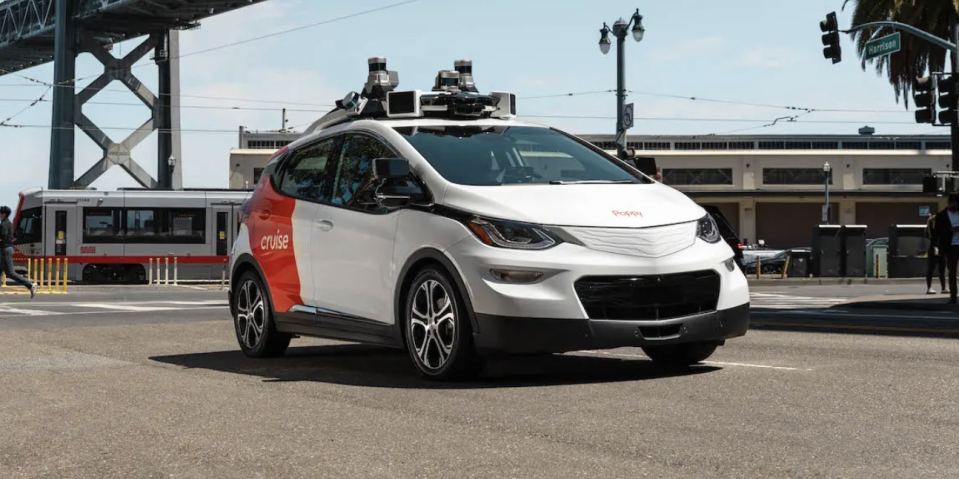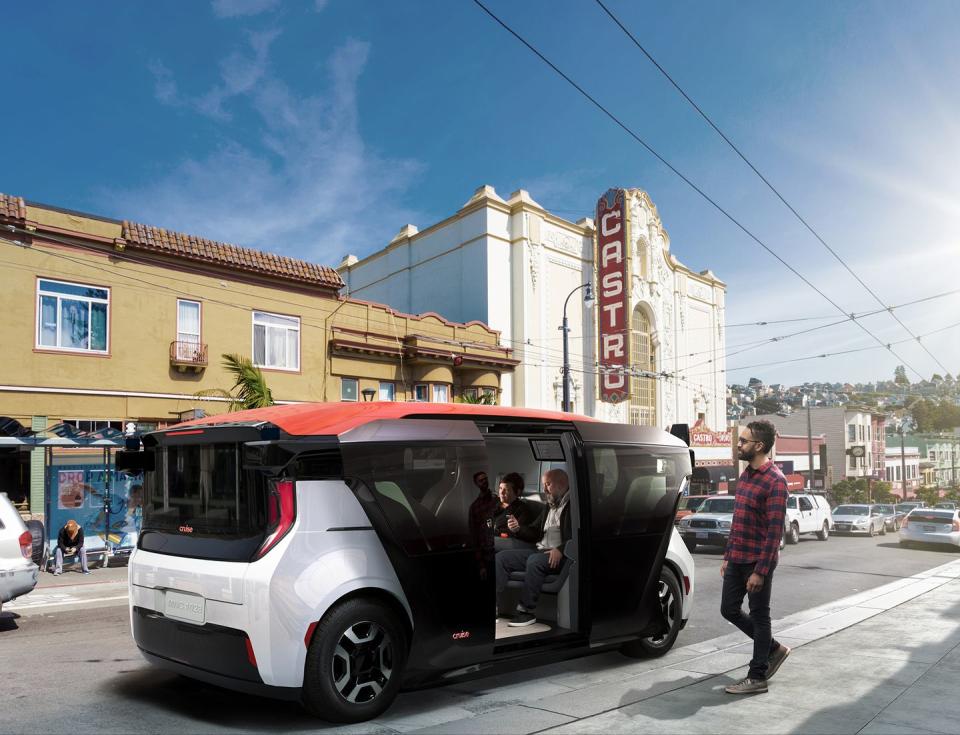GM’s Autonomous Cruise Program Facing NHTSA Investigation

NHTSA has launched a preliminary investigation into two separate issues being lobbied against Cruise, the General Motors-funded autonomous driving project.
Inadvertent hard braking resulting in rear-end collisions and complete immobilizations leading to traffic jams will now be examined in detail, from the autonomous system itself to environmental factors.
Cruise is cooperating with federal regulators as the company continues to hone its self-driving program, claiming its retrofitted Chevrolet Bolt test vehicles have completed nearly 700,000 miles without a fatal crash.
The autonomous technology industry has had a rocky year. As companies like Argo AI are shuttered, the prospects of a consumer-ready self-driving car seem increasingly distant, in spite of Tesla's questionably named Level 2 Full Self-Driving software. Unfortunately for Cruise, the General Motors-backed autonomous technology company, the industry-wide reckoning continues as the year comes to a close.
The National Highway Traffic Safety Administration has officially launched an investigation into the company's practices and automated driving system. Specifically, federal regulators are looking into instances of inadvertent hard braking and complete immobilization. The federal agency says it has received three complaints of uncommanded hard braking from the autonomous system in response to a vehicle approaching from behind, leading to rear-end collisions on all three occasions.
The San Francisco-based company tests its driverless tech in a portion of the metropolitan area—much to the chagrin of some residents. Earlier this year, seven of Cruise's Chevrolet Bolt test vehicles became stuck at a San Francisco intersection, ultimately blocking traffic for hours. Other instances of driverless impropriety include speeding off after being pulled over by a police officer and blocking a municipal bus route. A Cruise test vehicle has even received a ticket for getting too close to a crossing pedestrian, though the company did dispute this violation.
NHTSA says the exact number of immobilization cases is unknown, but they were a significant driving factor in opening an official investigation into the company, following an initial probe in July.
"The vehicle may strand vehicle passengers in unsafe locations, such as lanes of travel or intersections, and become an unexpected obstacle to other road users," the investigation filing reads. "These immobilizations may increase the risk to exiting passengers. Further, immobilization may cause other road users to make abrupt or unsafe maneuvers to avoid colliding with the immobilized Cruise vehicle, by, for example, diverting into oncoming lanes of traffic or into bike lanes."

This preliminary investigation is meant to gauge the severity and scope of the potential problems. Cruise is in conversation with NHTSA, and a spokesperson for the company has confirmed it will cooperate with regulators. The company claims its test vehicles have driven nearly 700,000 autonomous miles without any fatal crashes or life-threatening injuries.
As regulators assess the company's autonomous capabilities and the severity of past incidents, the Cruise fleet will continue testing as it seeks approval to operate throughout the entirety of San Francisco. NHTSA is set to review Cruise's Origin project, a GM-designed autonomous van, as the company seeks an exemption from the Federal Motor Vehicle Safety Standards in order to exclude a steering wheel from the model.
It's unclear if federal regulators will grant this exemption, but a series of investigations into autonomous systems signals the agency is keeping a close eye on the technology.
Are you willing to ride in a self-driving shuttle, with or without a human at the wheel? Please comment below.

 Yahoo Autos
Yahoo Autos 